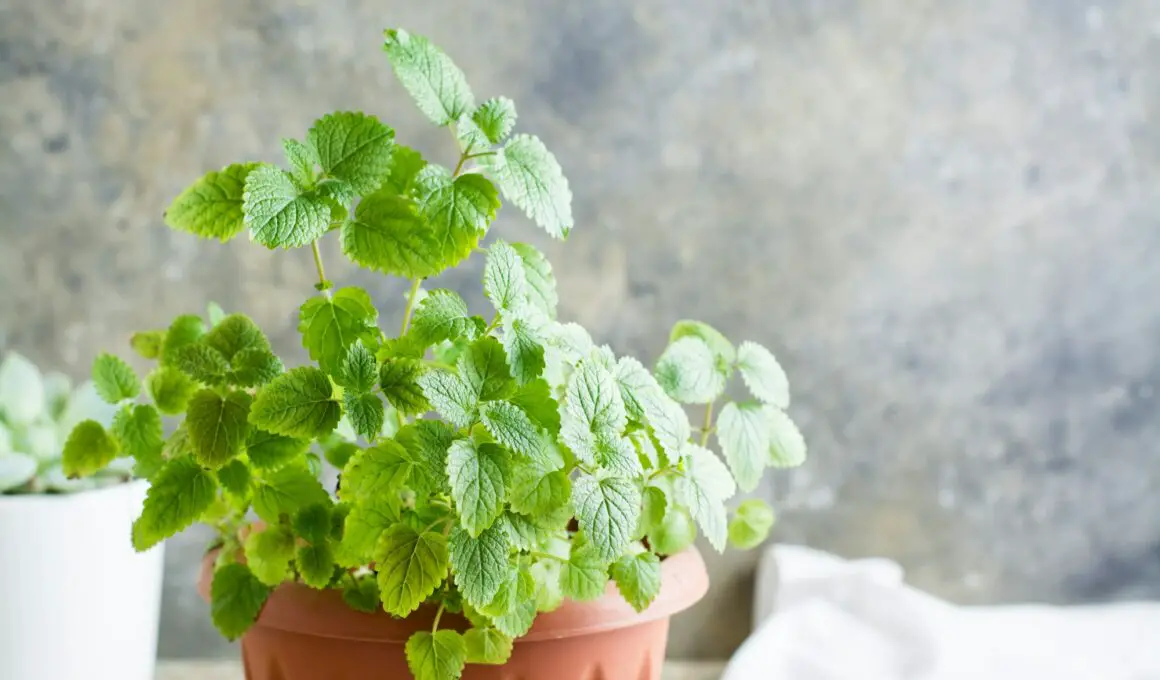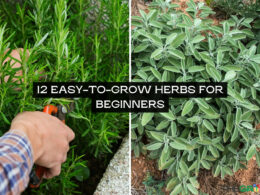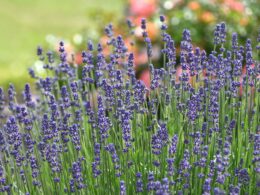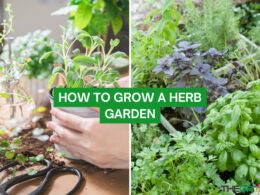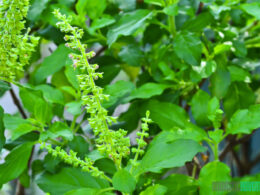In This Article Show
With over 13 years of gardening experience, I’ve found mint to be one of the most versatile and easy-to-grow herbs. Whether you’re interested in adding fresh flavor to your meals, enjoying its aromatic benefits, or using it for its medicinal properties, starting your mint plant is a great choice. In this post, we’ll walk through five simple steps to cultivate healthy mint plants in your own space.
How to Grow Mint At Home
We’ll cover everything from selecting the right variety to planting, caring for your mint, and managing common pests. Let’s get your garden thriving with some fresh mint!
Step 1: Choosing the Right Mint Variety
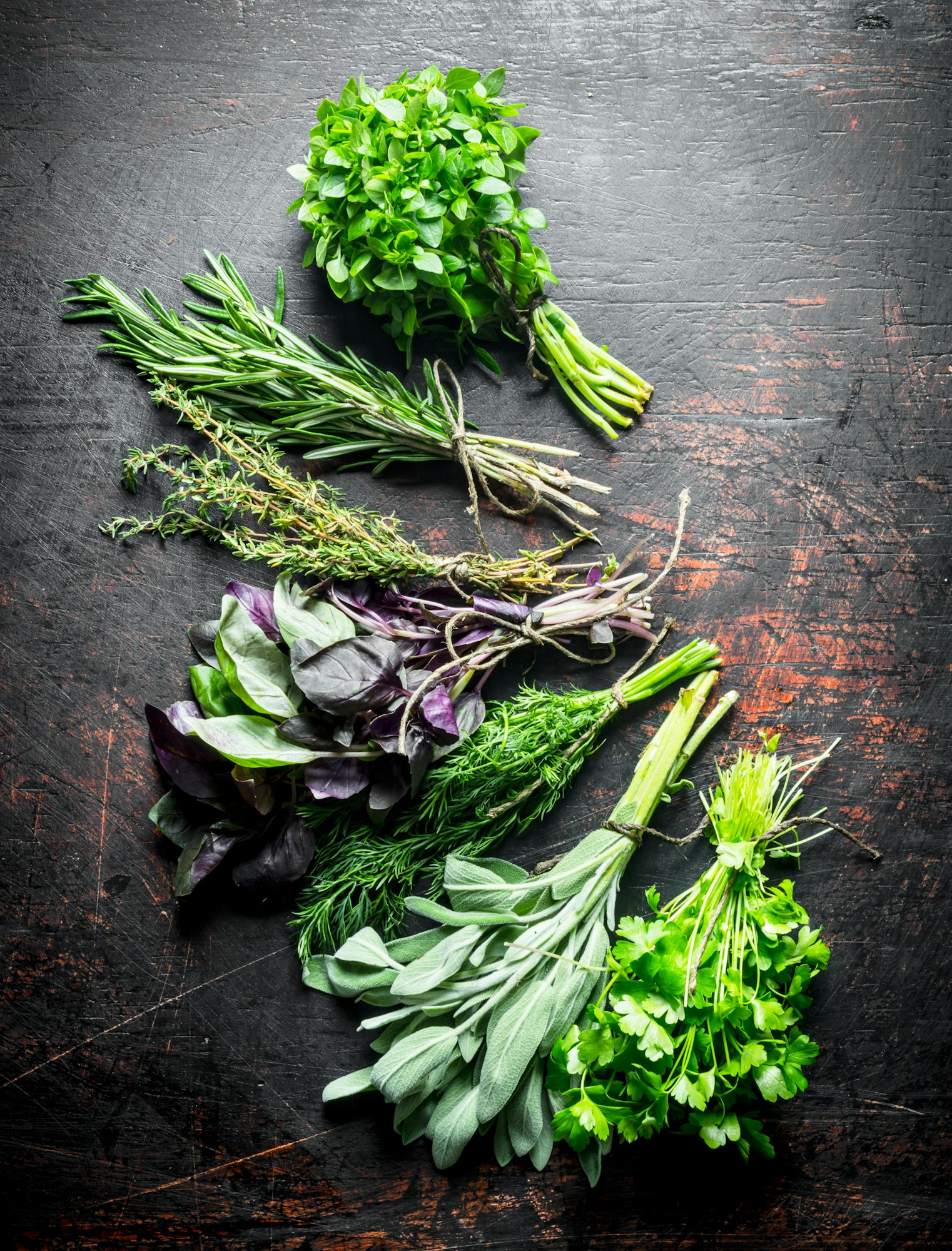
Mint is a prolific herb that comes in several enticing varieties, each with its unique flavor and use. Understanding the differences can help you choose the best type for your needs. Here are a few popular types:
- Peppermint: Known for its strong, sharp flavor and high menthol content, peppermint is ideal for medicinal uses such as aiding digestion and relieving headaches. It’s also perfect for making tea or adding a refreshing kick to drinks and desserts.
- Spearmint: Milder than peppermint, spearmint is excellent for culinary uses. It’s the traditional choice for dishes like mint sauce, salads, and mojitos due to its sweet flavor.
- Chocolate Mint: As the name suggests, this variety has a delightful chocolatey twist, making it a favorite for desserts and infusions. Its unique flavor combines well with both sweet and savory dishes.
When selecting a mint variety, consider what you’ll mostly use it for. If you enjoy cooking, spearmint might be your best bet. For those looking into herbal remedies, peppermint will likely be more beneficial. Additionally, consider your growing environment.
Step 2: Preparing for Planting
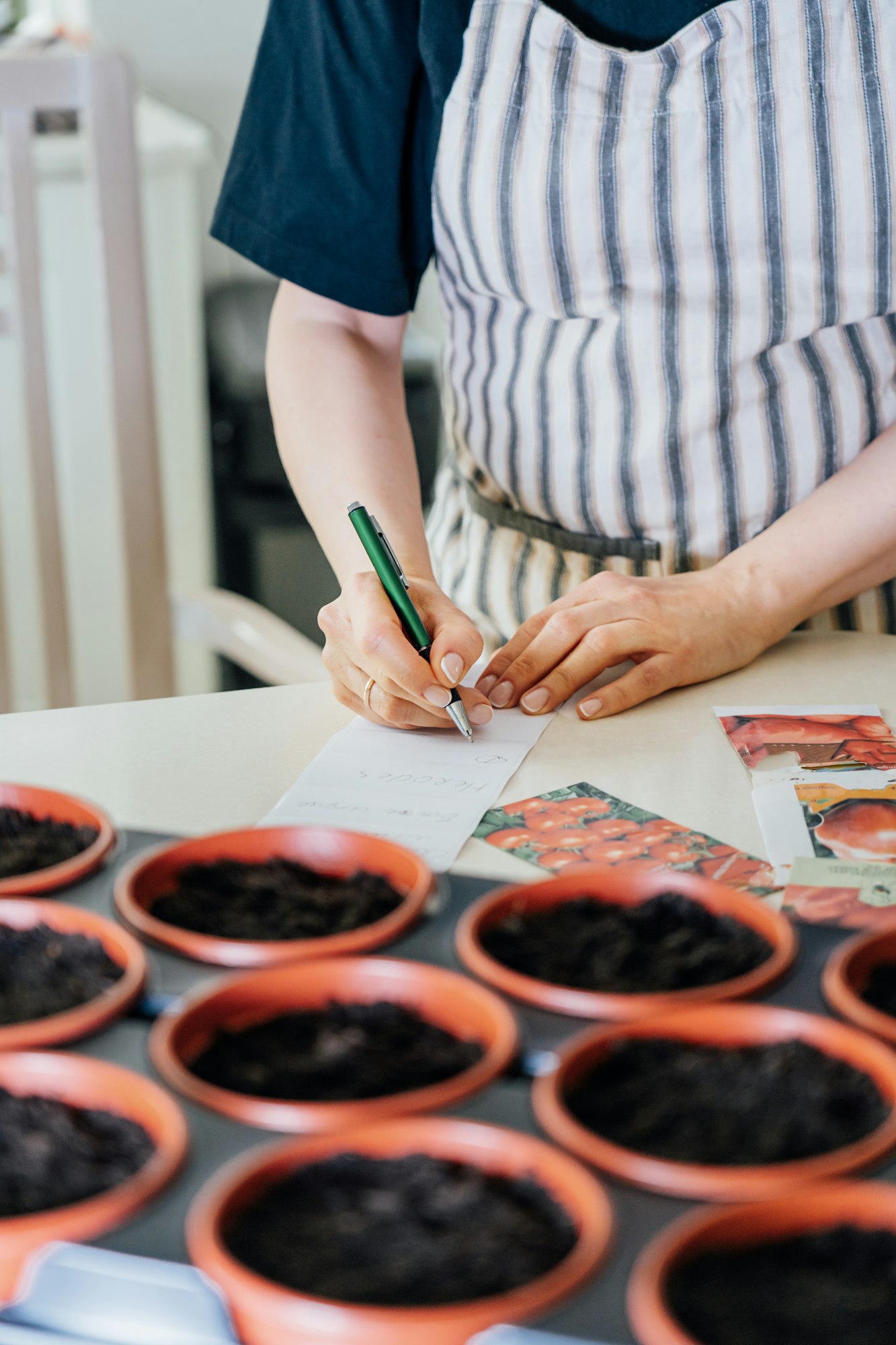
Proper preparation is key to successful mint cultivation. Mint thrives in well-draining soil and can easily adapt to various environments, whether in the ground or containers. Here’s how to ensure you set up your mint for optimal growth:
1. Choosing the Right Container
Get Gardening For Beginners
Our new EBOOK shows newcomers and green thumbs alike a step by step guide to growing the garden of their dreams.
Mint is known for its vigorous growth and can quickly overrun garden spaces. To control its spread and make management easier, growing mint in containers is advisable. Any pot with a drainage hole will work, but ensure it’s wide enough to accommodate growth, typically at least 12 inches in diameter.
2. Preparing the Soil Mix
Mint prefers a slightly acidic to neutral pH (around 6.0 to 7.0). A well-draining potting mix is crucial as mint does not like to sit in waterlogged soil. Here’s how to prepare an ideal soil mix:
- Start with a base of high-quality potting soil – This provides a good structure and base nutrients.
- Add perlite or sand – Incorporating about 20% perlite or coarse sand will enhance drainage, ensuring that water flows through easily.
- Incorporate organic matter – Adding compost or aged manure will enrich the soil and support robust growth by providing essential nutrients over time.
Step 3: Planting Your Mint
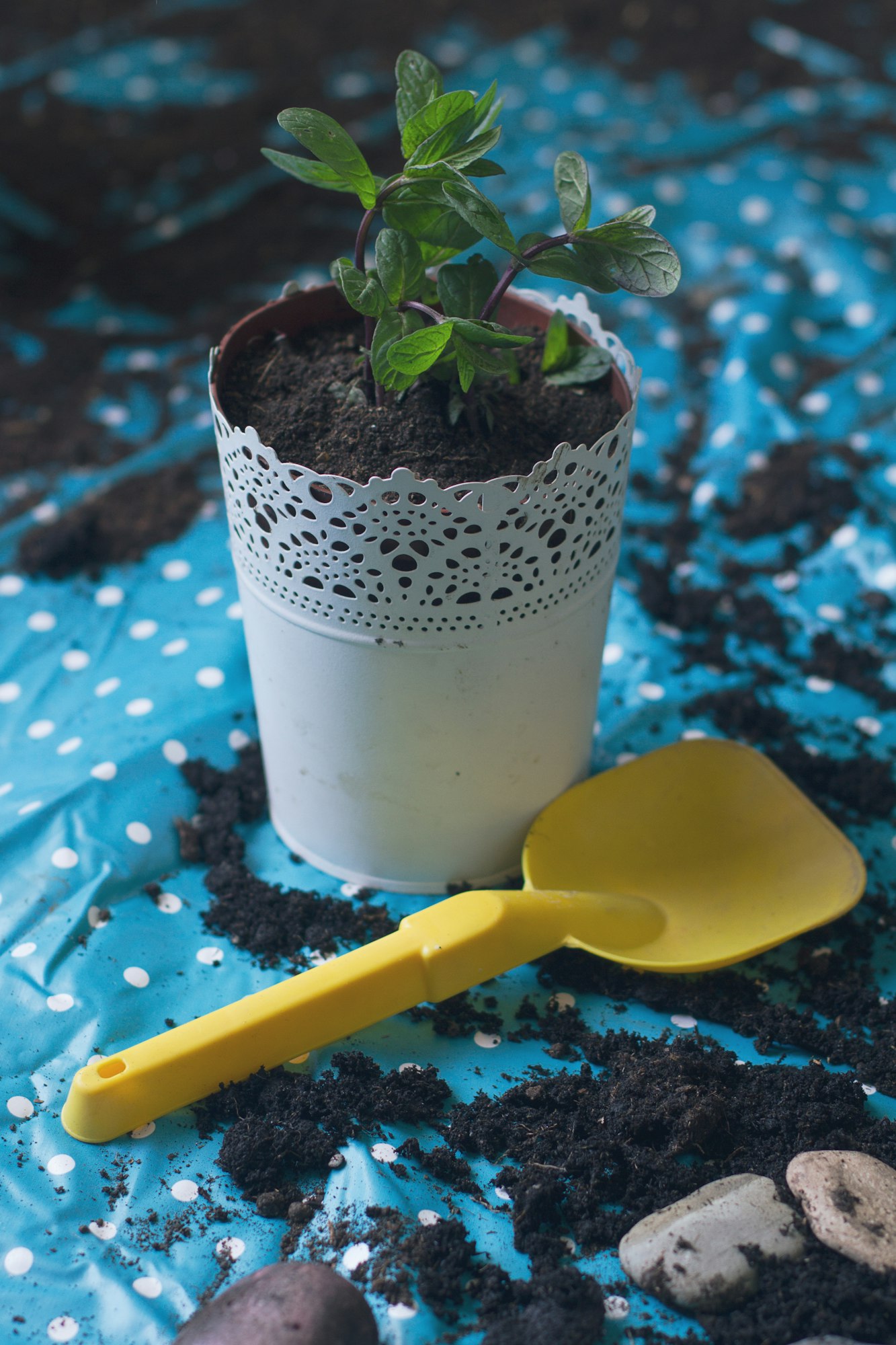
Planting mint can be a fun and easy process, whether you’re starting with seeds or cuttings. Here’s how to get your mint planted properly for the best start:
Planting Mint from Seeds
- Prepare your container or garden bed with the soil mix as discussed in Step 2.
- Sow the seeds lightly on the surface of the soil. Mint seeds need light to germinate, so do not cover them with soil. Instead, gently press them into the moist soil with your hand.
- Water gently to keep the soil moist. Use a spray bottle to mist the soil surface without disturbing the seeds.
- Place the container in a warm, bright area but not in direct sunlight until seeds germinate, which typically takes 10 to 15 days.
Planting Mint from Cuttings
- Choose healthy stems about 5 to 6 inches long from an existing mint plant. Cut just below a node (where a leaf joins the stem) using sharp scissors.
- Remove lower leaves, leaving only a few at the top to ensure the plant’s energy is focused on root development.
- Place the cuttings in water or directly into the soil. If using water, change it every few days until you see roots forming, then plant them in the soil.
- Plant the rooted cuttings in your prepared container. Make a small hole, insert the cutting so at least two nodes are buried (roots will develop from these nodes), and gently firm the surrounding soil.
Best Practices for Spacing and Depth
Get Gardening For Beginners
Our new EBOOK shows newcomers and green thumbs alike a step by step guide to growing the garden of their dreams.
- Depth: When planting cuttings or transplants, ensure the stems are deep enough so that the nodes (potential root sites) are under the soil. For seeds, surface sowing is sufficient as they require light to germinate.
- Spacing: Mint plants can grow quite bushy and spread out. Space them about 12 to 18 inches apart to give each plant enough room to grow without overcrowding.
Step 4: Caring for Your Mint Plant
Proper care is crucial to ensure your mint grows healthy and abundant. Here’s how to manage watering, sunlight, temperature, and pruning:
Watering Requirements
Mint likes consistently moist soil, but it is susceptible to root rot from overwatering. Here’s how to water your mint effectively:
- Check soil moisture by sticking your finger about an inch deep into the soil. If it feels dry at your fingertip, it’s time to water.
- Water deeply but infrequently to encourage deeper root growth. This helps the plant become more drought-tolerant over time.
- Ensure good drainage in the container to prevent water from pooling at the bottom.
Sunlight and Temperature Needs
Mint performs best in moderate conditions:
- Sunlight: Mint prefers full to partial sunlight. Aim for about 4-6 hours of sunlight daily. If you’re in a very hot climate, provide some afternoon shade to prevent scorching.
- Temperature: Mint grows well in temperatures between 55°F and 70°F (13°C to 21°C). It can tolerate a range from just above freezing to about 80°F (27°C), but growth may slow in the extremes.
Pruning and Harvesting Tips
Regular pruning and harvesting not only keep your mint plant healthy but also promote bushier and more productive growth:
- Prune regularly by pinching off the tips of the stems to encourage the plant to branch out. This can be done every few weeks during the growing season.
- Harvest by cutting off stems just above a pair of leaves, which will help more stems grow from the cut point.
- Don’t harvest more than one-third of the plant at one time to avoid stressing the plant.
Step 5: Pest Management and Troubleshooting
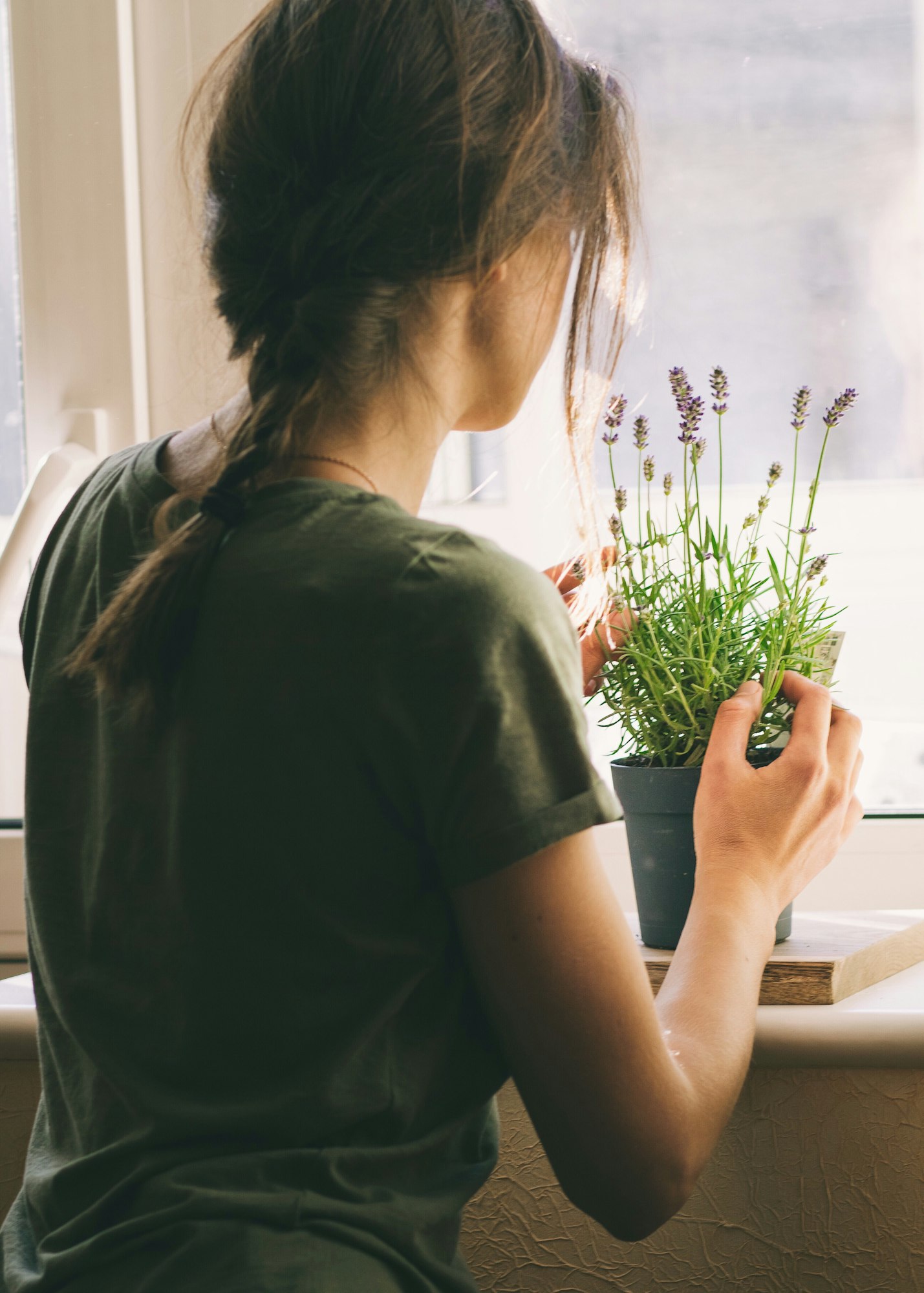
Even though mint is generally robust and resistant to many pests and diseases, certain issues can still arise. Here’s how to manage common pests and troubleshoot typical problems to keep your mint plants healthy:
Common Pests and Diseases
Mint can be susceptible to several pests and diseases, including:
- Aphids: These small, soft-bodied insects cluster on the undersides of leaves, sucking plant sap and weakening the mint.
- Spider mites: These tiny pests can cause mint leaves to turn yellow and drop off if they become too numerous.
- Mint rust: This fungal disease causes small orange or yellow spots beneath mint leaves, eventually leading to leaf drop.
Organic Methods for Pest and Disease Management
Using organic methods to handle pests and diseases not only keeps your mint healthy but also ensures it’s safe for consumption:
- Neem oil: An effective organic treatment that can help control aphids, spider mites, and even some fungal infections. Apply as per the instructions, typically in the cooler part of the day to avoid leaf burn.
- Insecticidal soap: Safe for edible plants, it can be used to treat infestations of aphids and other pests. Regular applications may be needed.
- Proper air circulation: Space your plants properly and prune them regularly to ensure good air circulation, which helps prevent fungal diseases.
Solutions for Common Problems
Beginners might encounter a few typical issues when growing mint:
- Overwatering: Mint likes moist soil, but too much water can lead to root rot. Ensure your containers have good drainage and adjust your watering schedule according to the weather and soil moisture.
- Leggy growth: If your mint is growing tall and thin with few leaves, it might not be getting enough light. Move it to a sunnier spot or use grow lights if you’re indoors.
- Mint not spreading: If you want your mint to spread more, ensure it has enough room to grow and the soil is fertile and well-aerated. Sometimes, confining the roots too much can restrict growth.
By monitoring your plants regularly and responding quickly to any signs of distress, you can keep your mint healthy and thriving. Remember, the best defense against pests and diseases is a healthy plant, so providing optimal growing conditions is key.





